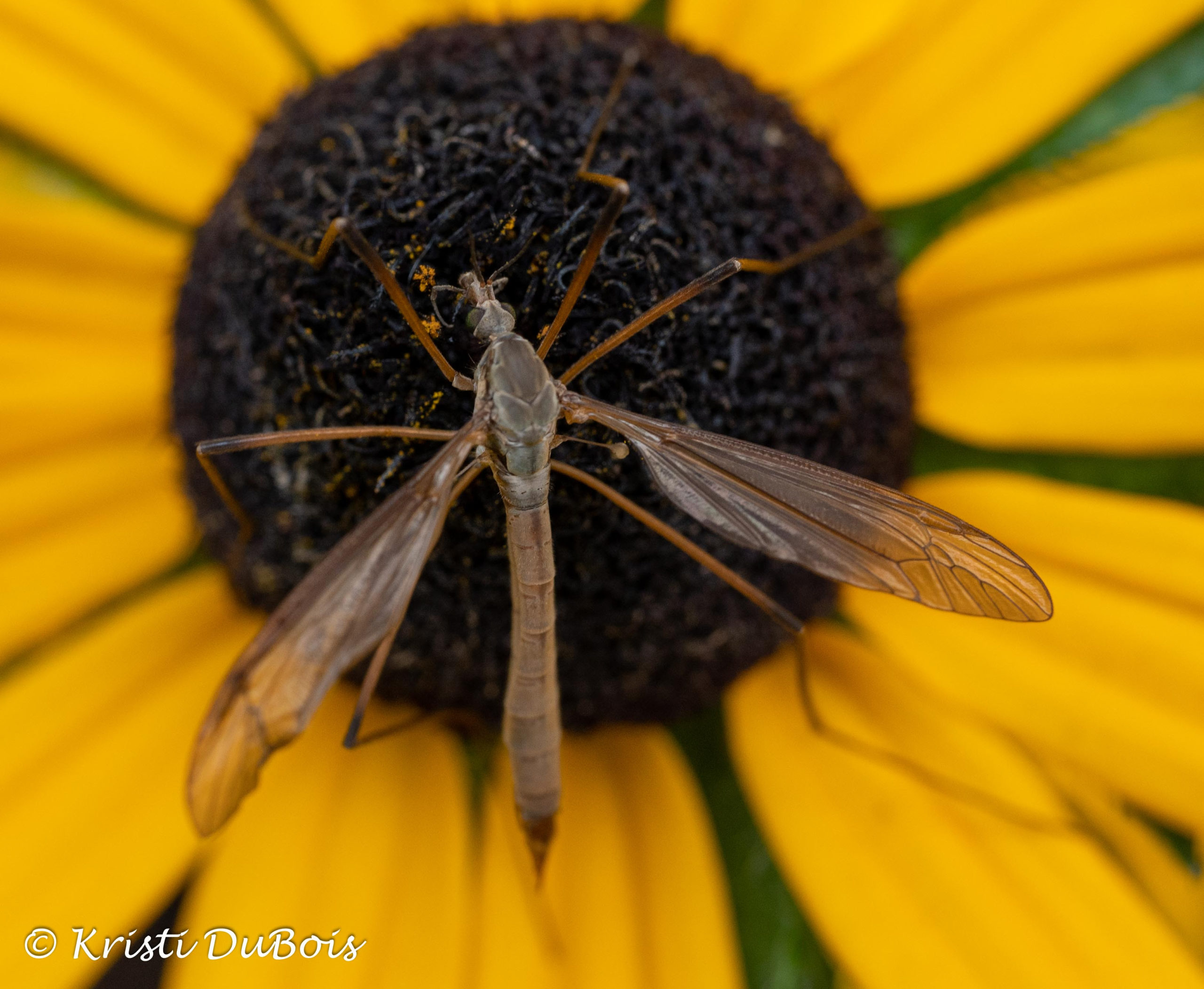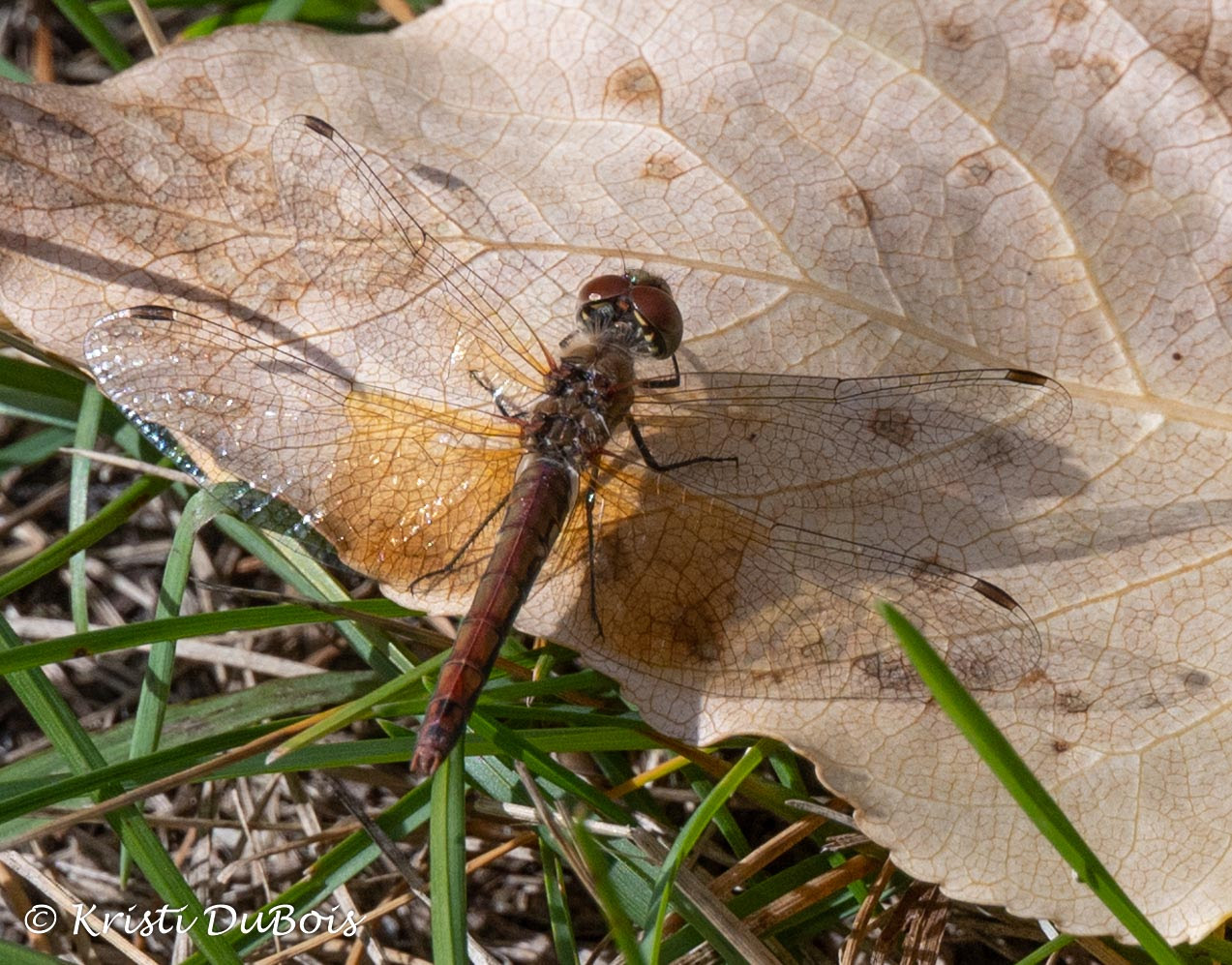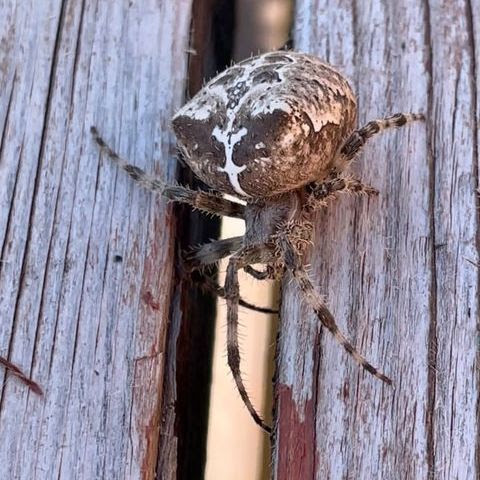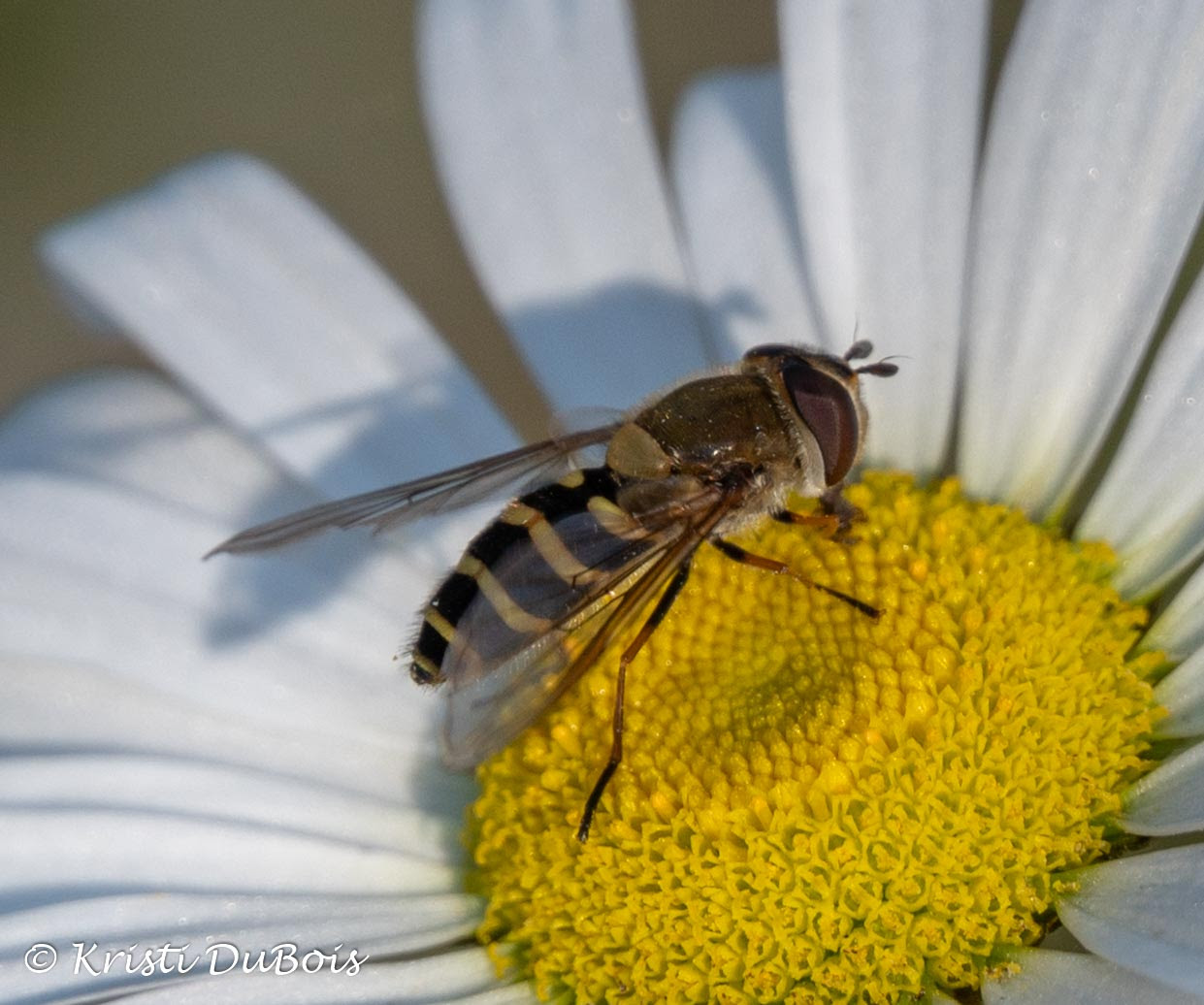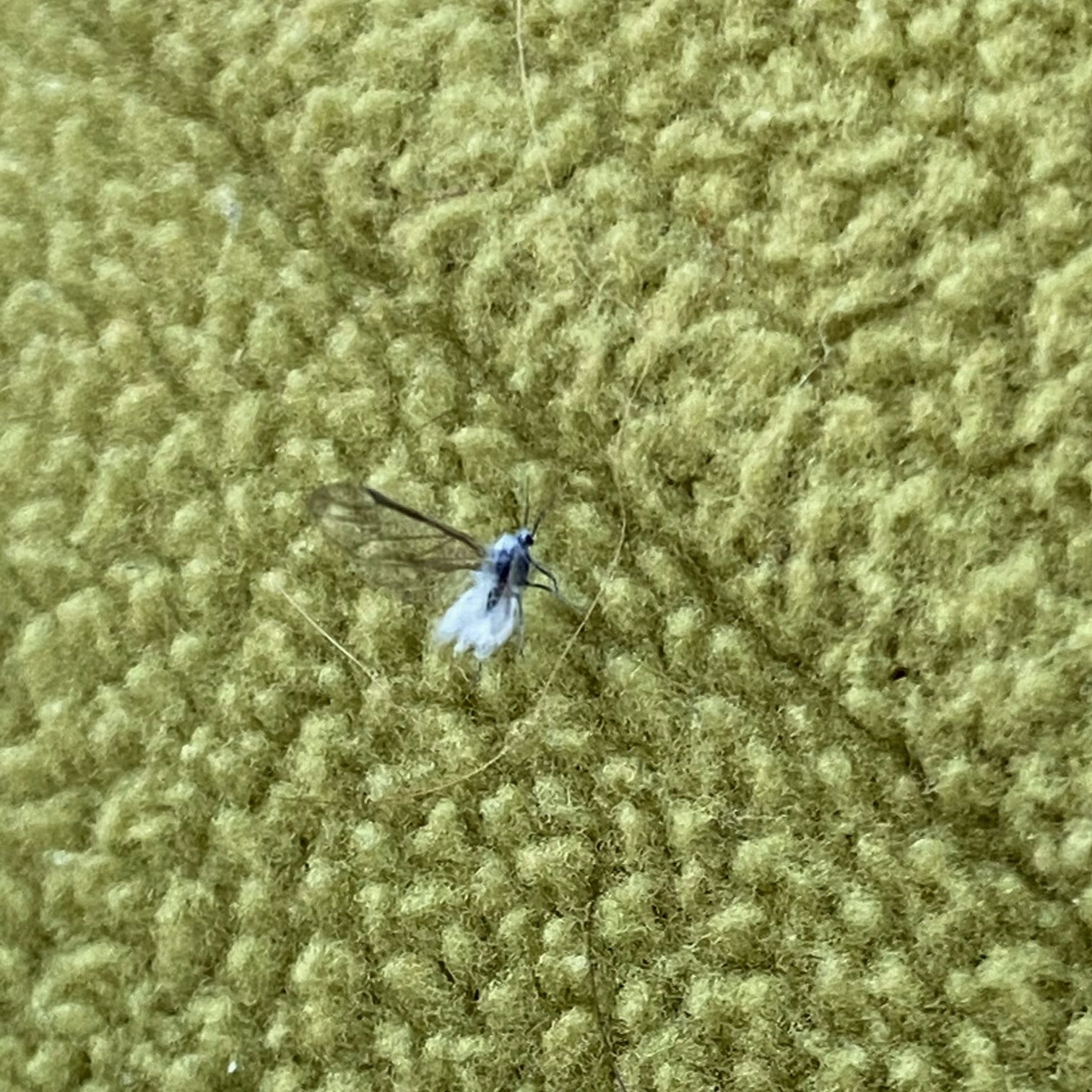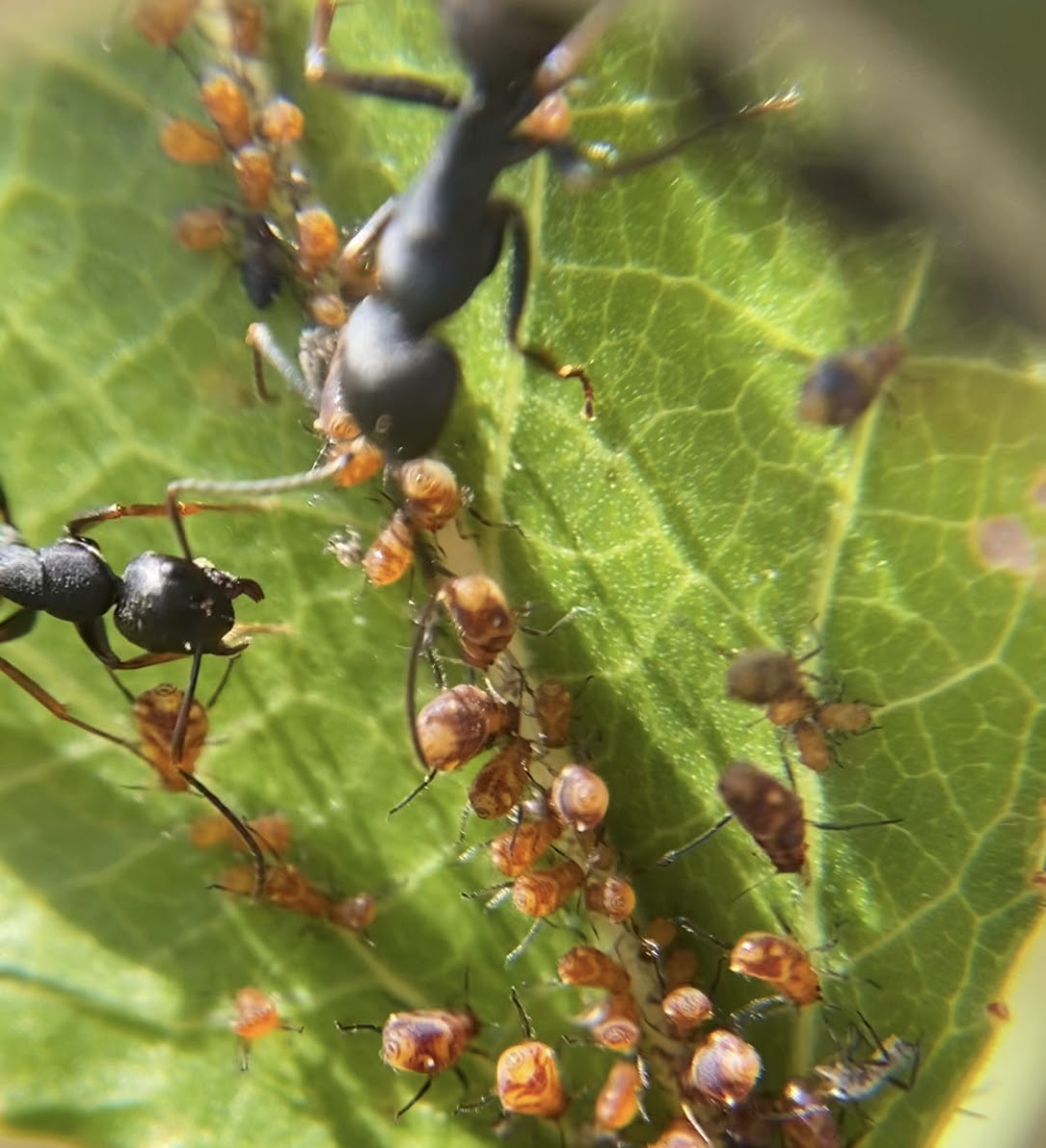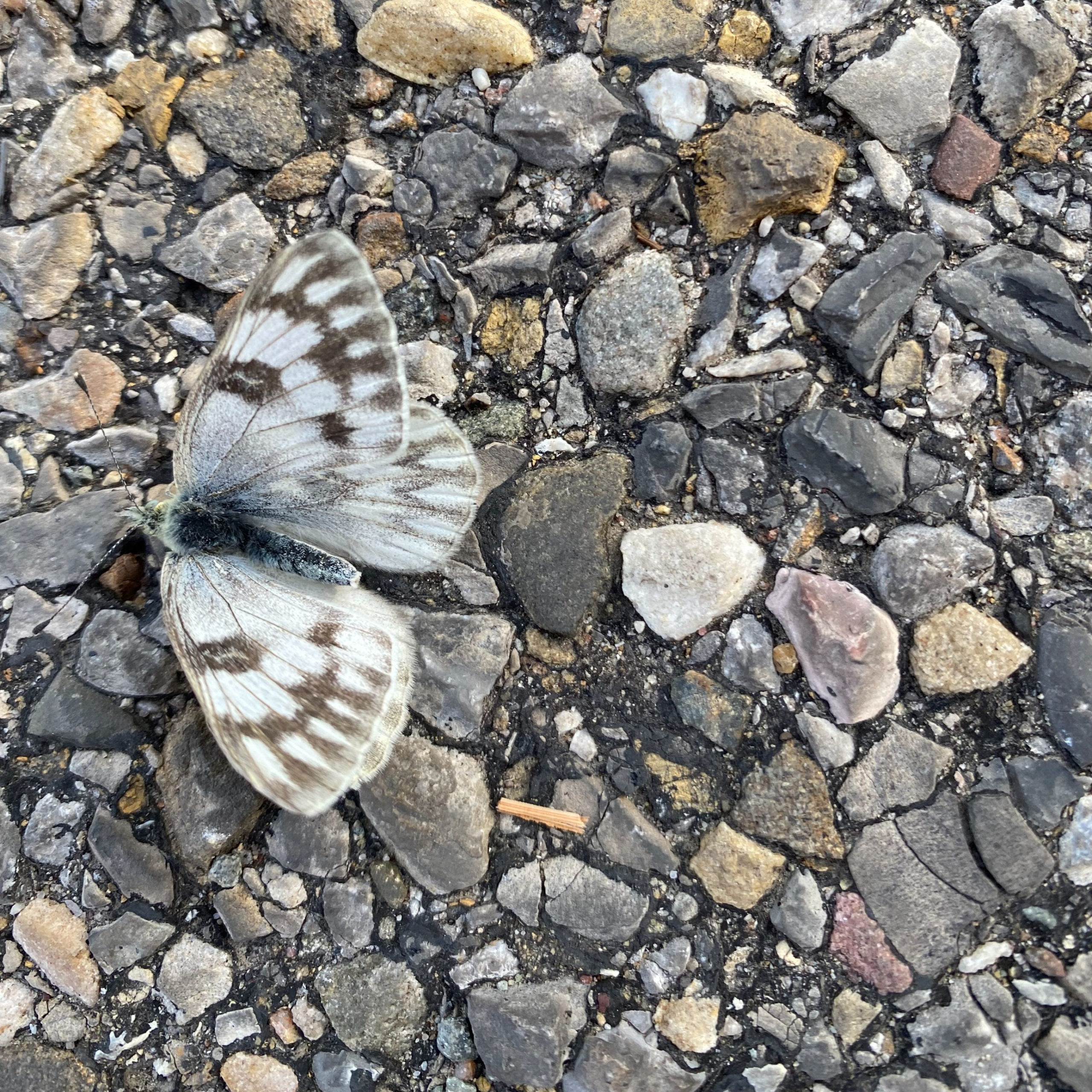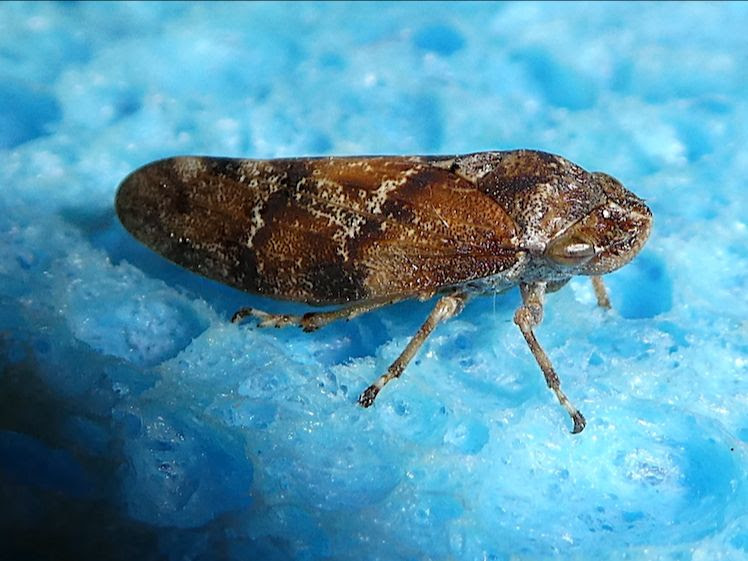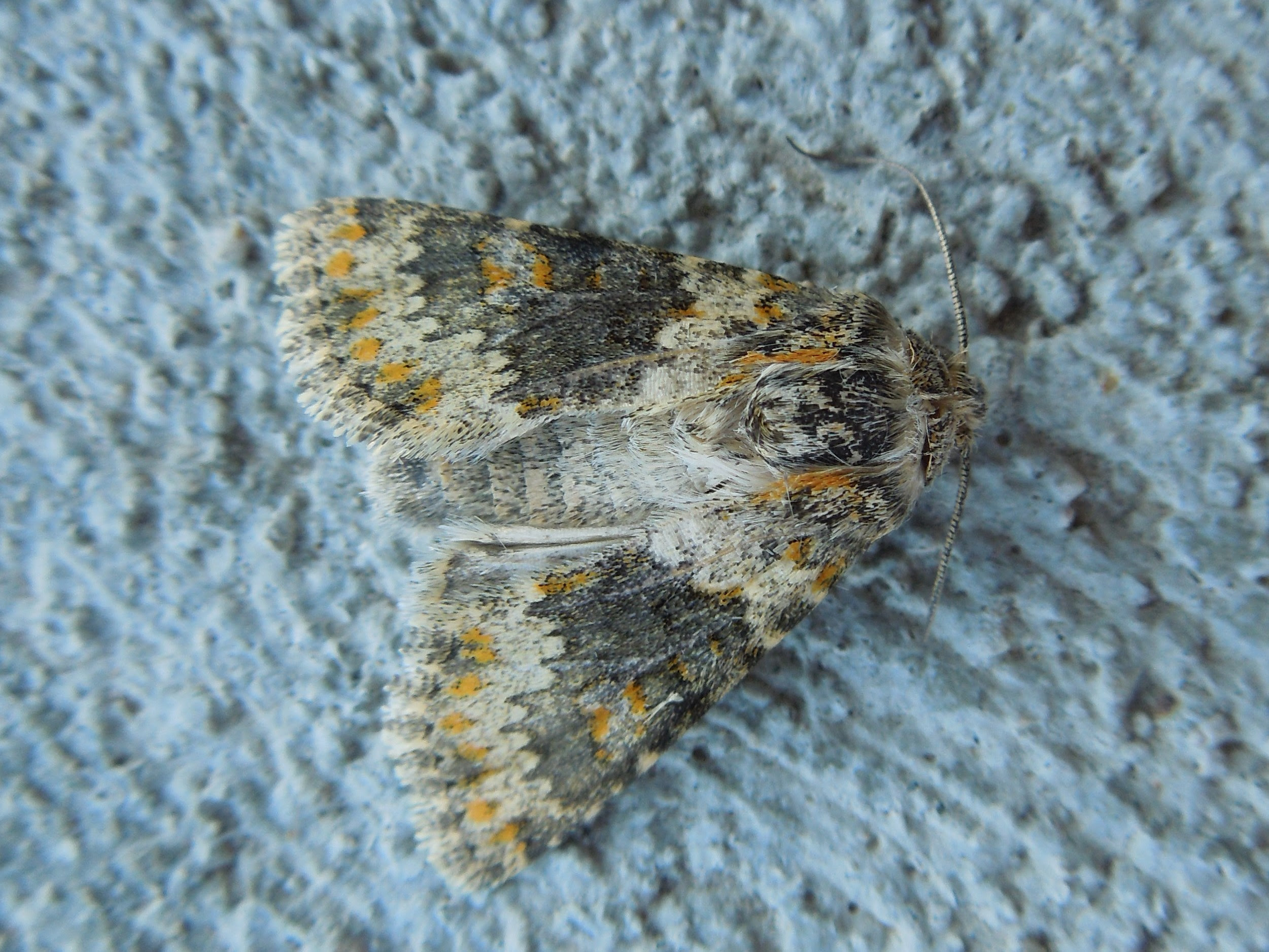With their slender body and stilt-like legs, crane flies kind of look like mosquitoes on steroids. But not to worry, they are not out for blood. Adult crane flies only […]
Read MoreArticles by Misty Nelson
Band-winged Meadowhawk (Sympetrum semicinctum)
A beautiful addition to the fall colors, the Band-winged Meadowhawk is the only meadowhawk with really defined and large, rusty patches on the wings next to the body. They are […]
Read MoreCat-faced Orbweaver (Araneus gemmoides)
The Cat-faced Orbweaver is our #1 submission as of late. The chunky females, combined with their spiral, wheel-shaped webs, are hard to miss this time of year. Melissa’s first photo […]
Read MoreHover Fly (family Syrphidae, possibly in the genus Syrphus)
Many Syrphid Flies do a great job at making you think you’re dealing with a wasp, hornet, or bee. Often seen hovering near or perched on flowers, the adults feed […]
Read MoreWoolly Aphid (subfamily Eriosomatinae)
On sunny fall afternoons, it sometimes looks like it is snowing. But it’s not snow …it’s the annual fall swarming of woolly aphids. These insects are really small. If it […]
Read MoreAnts Tending Aphids
If you find a group of aphids on a plant, you will often find an ant(s) that are “herding” them like cattle. The ants feed on the aphids’ honeydew (a […]
Read MoreNotes from the Lab: Revisiting “Murder Hornets”
Welcome back to the Lab! It’s been over a year since our issue on the Vespa mandarinia, aka the Asian Giant Hornet (dubbed as the “murder hornet” by the media, an extremely […]
Read MoreA Checkered White (Pontia sp.), Female
Without a ventral (underside) view of this butterfly, we were unable to decide if this is a Western White (Pontia occidentalis) or a Checkered White (Pontia protodice). Both can be found in this general […]
Read MoreDouglas-fir Spittlebug (Aphrophora permutata)
As adults, spittlebugs leave their protective, foamy (spit-like) mass behind and continue their diet of plant sap out in the open. Now exposed, this species relies on looking like bird […]
Read MoreSmall Ranunculus (Hecatera dysodea)
This beautiful Eurasian moth was accidentally introduced into North America on the east side of the Cascades in Oregon around 2003. It has since spread outside of the Pacific Northwest, […]
Read More